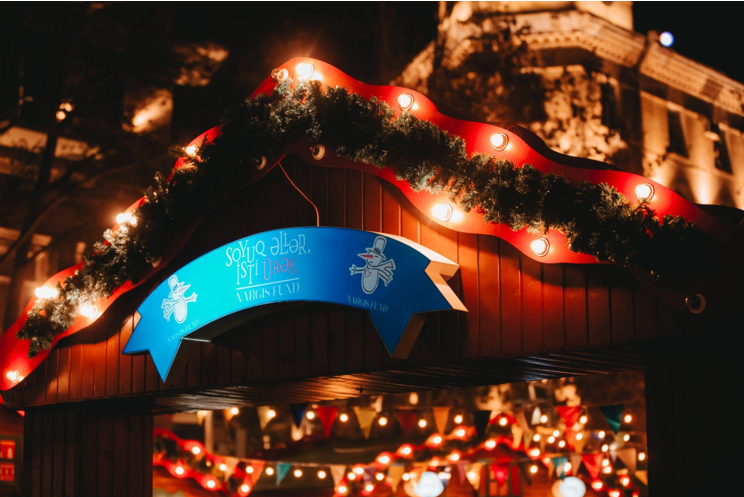The Benefits of Choosing a Skinny Spruce Christmas Tree
With the holidays approaching, you may look for the perfect Christmas tree to fit your space and style. A skinny spruce tree is an excellent option for anyone who lives in a smaller home or apartment or who wants to decorate a room without taking up too much space. These trees offer the same festive appearance as traditional trees but have a slimmer profile that makes them perfect for tight spaces.
In addition to their space-saving benefits, skinny spruce Christmas trees can also be a great way to manage medication during the holidays. For people who take regular medication, it can be challenging to remember to take it during the busy hustle and bustle of the season. But with a skinny Christmas tree in your living room, you can hang a small bag of medication on one of its branches as a reminder to take it daily. This visual cue is a great way to stay on top of your medication, even during holiday festivities.
Incorporating Therapy into Your Holiday Decorating
The holiday season can be a stressful time for many people, especially those who struggle with mental health issues. Fortunately, therapy can be incorporated into your holiday decorating to help manage these challenges. One great way to do this is by creating an interactive tree that incorporates hope, gratitude, and mindfulness themes.
For example, you could hang ornaments on your tree with positive affirmations or tips for managing anxiety or stress. You could also include interactive sessions with family and friends where you all sit around the tree and share stories or discuss ways to manage stress during the holidays. By incorporating therapy into your decorating, you can create a safe and supportive space to help manage any mental health challenges that may arise.
In conclusion, a skinny spruce Christmas tree can be a valuable addition to your holiday decorating for its space-saving benefits and as a reminder to stay on top of medication management. Additionally, incorporating therapy into your decorating can help manage stress and other mental health challenges during this time of year. With these tips, you can create a safe and supportive holiday environment for yourself and your loved ones.










